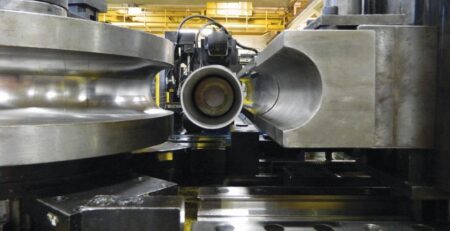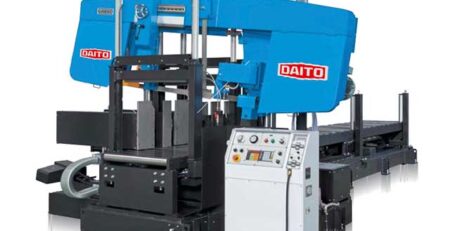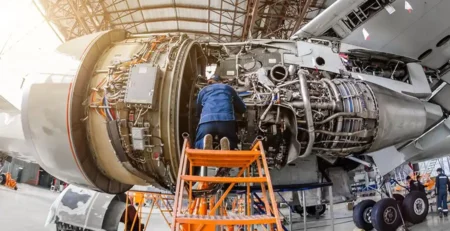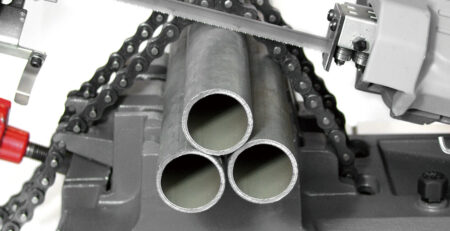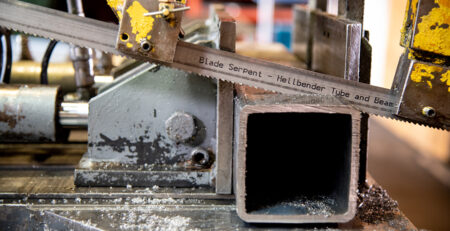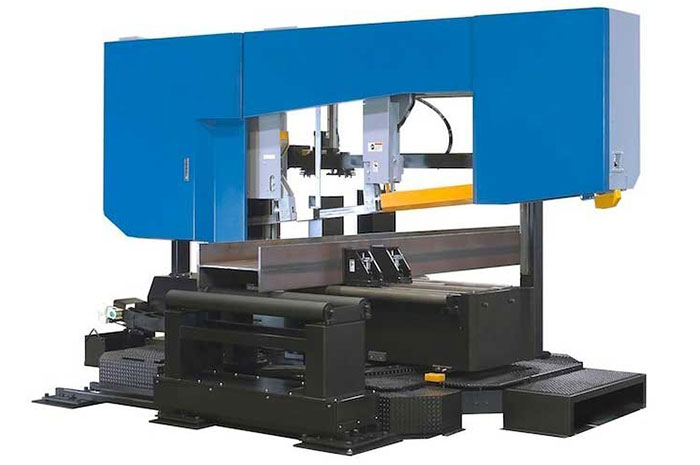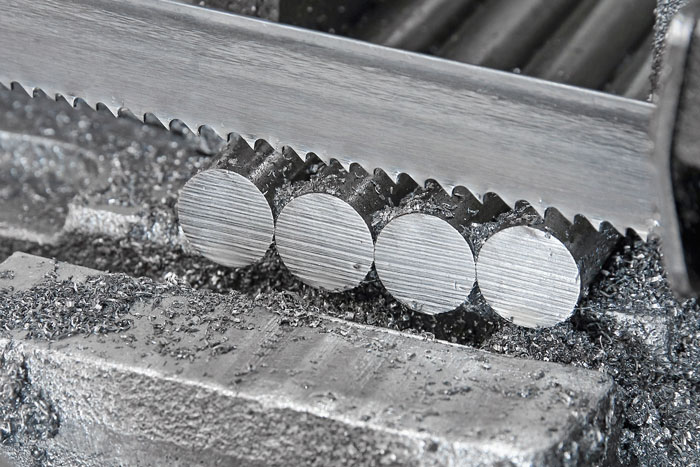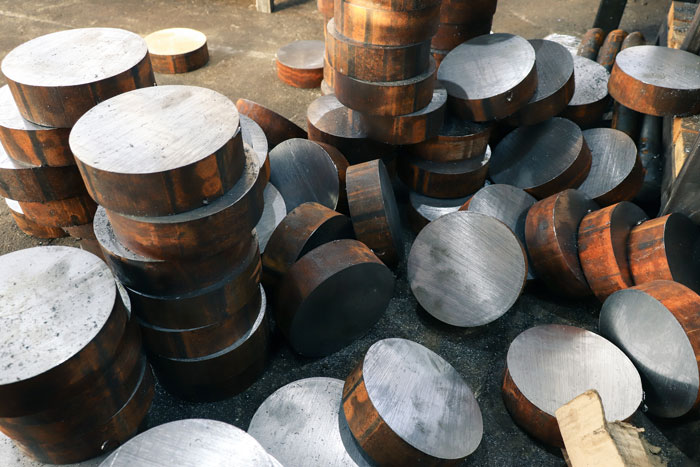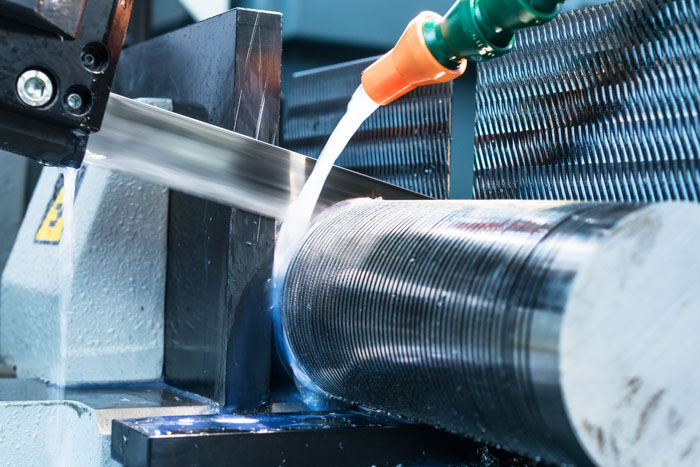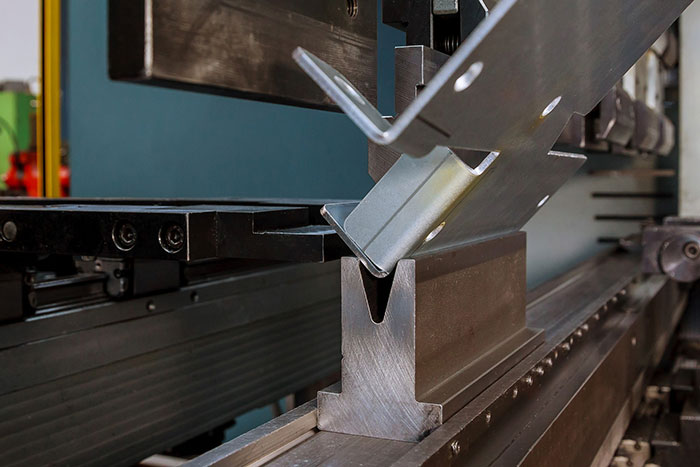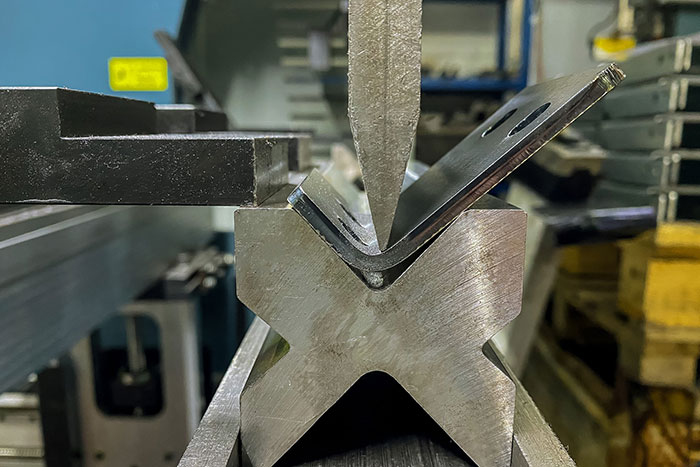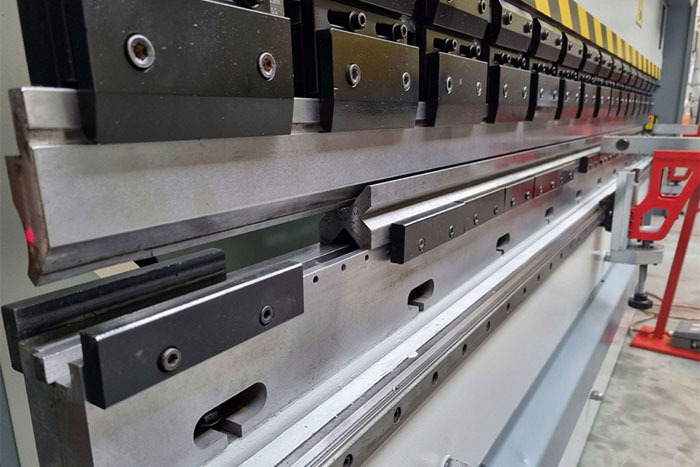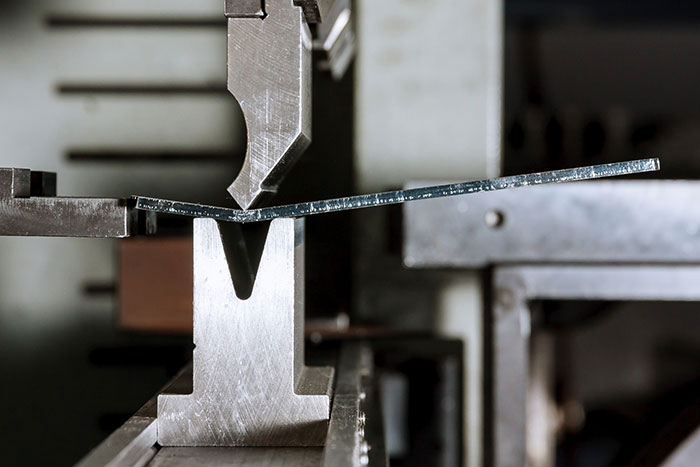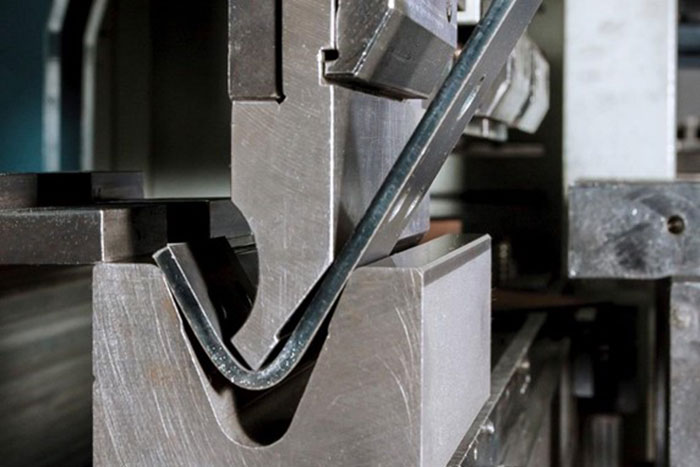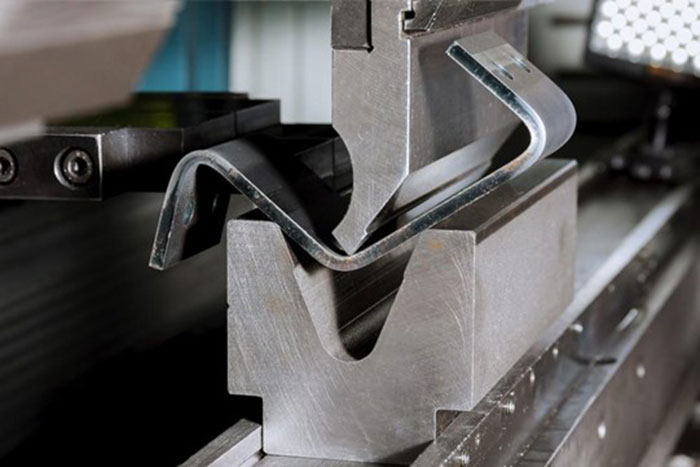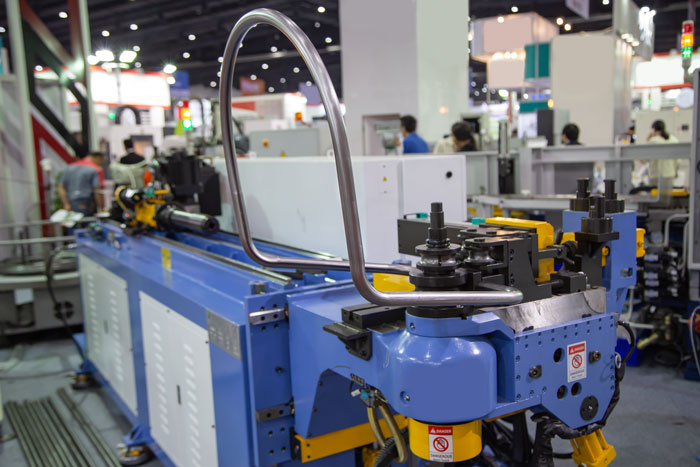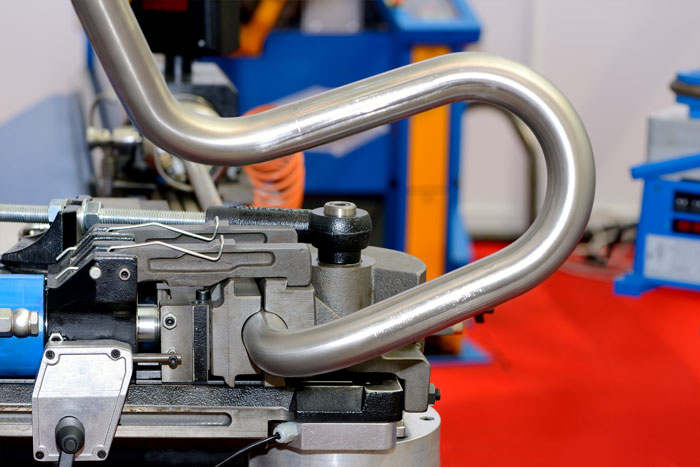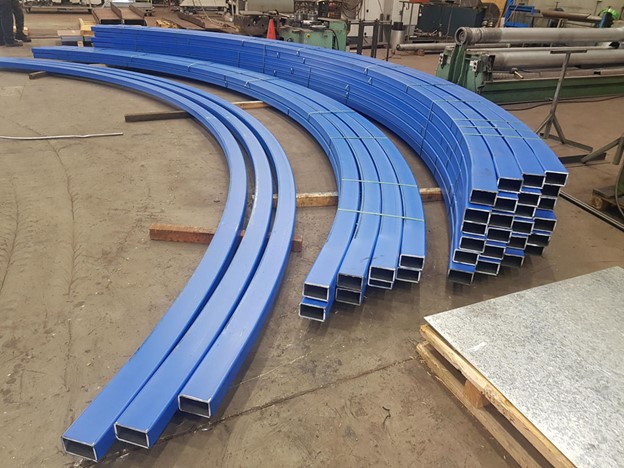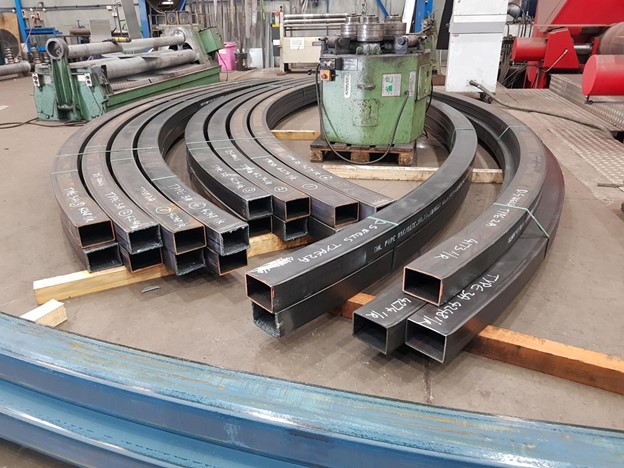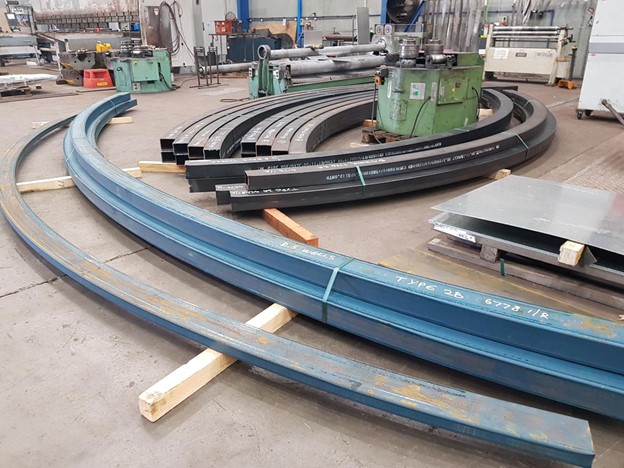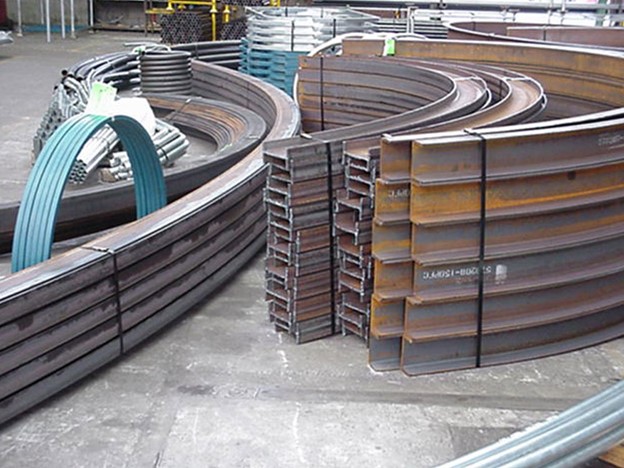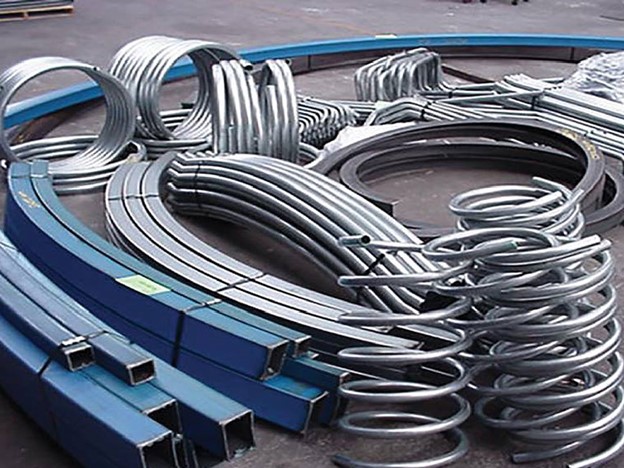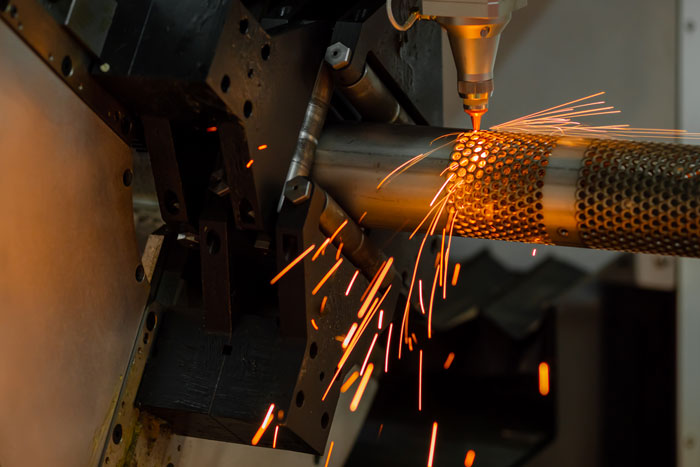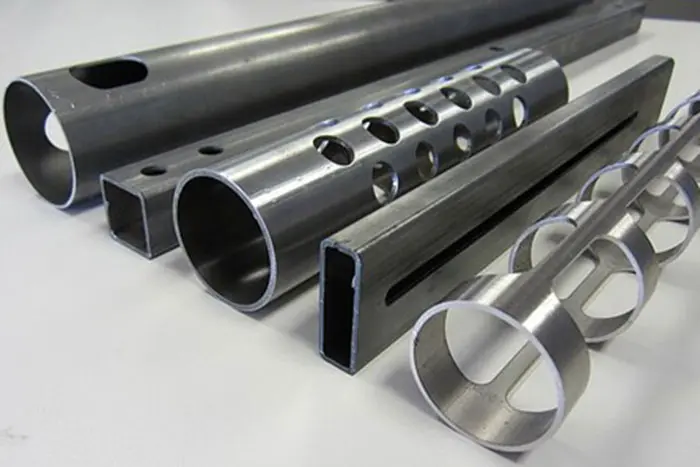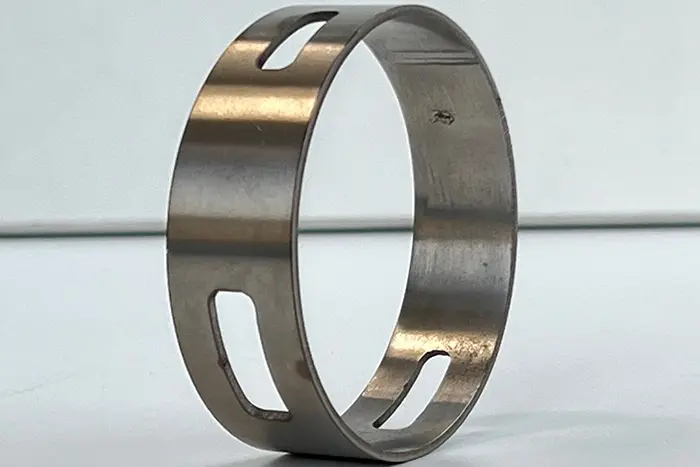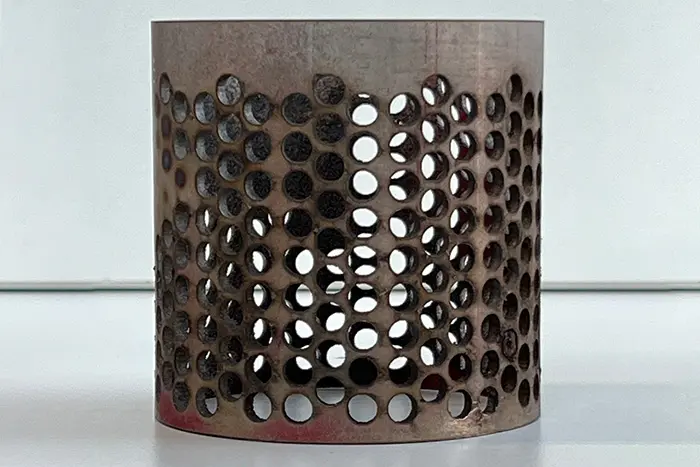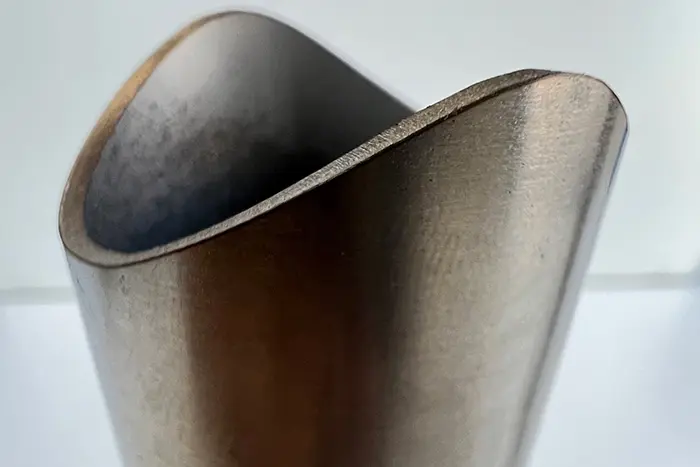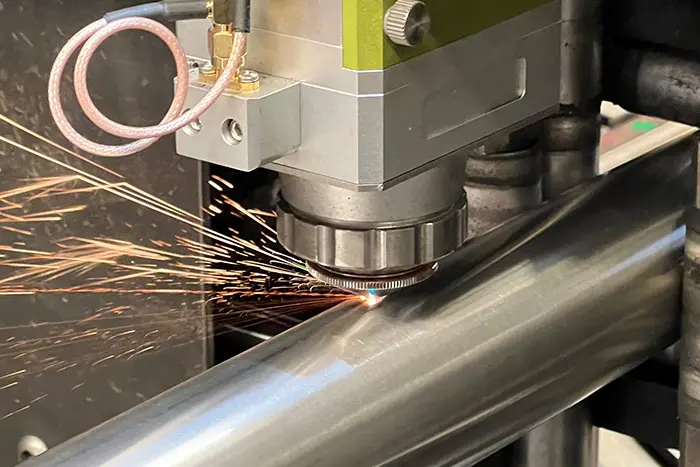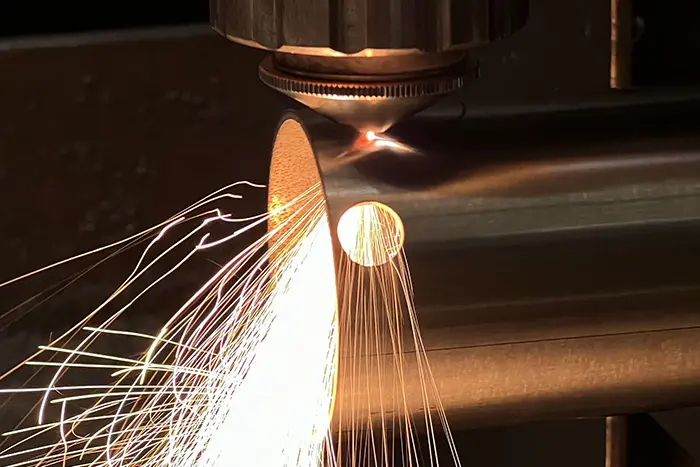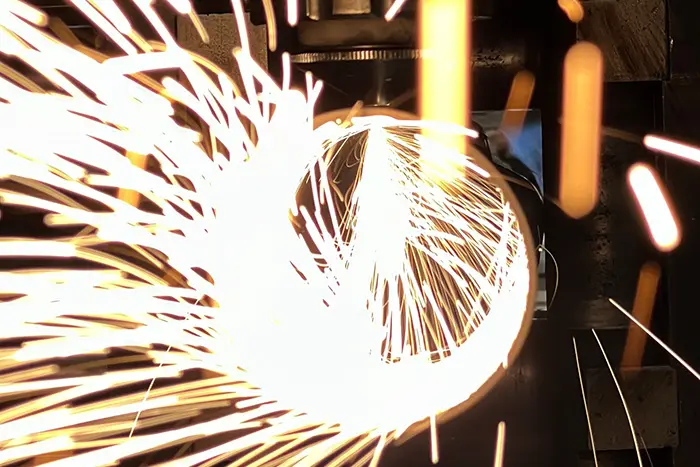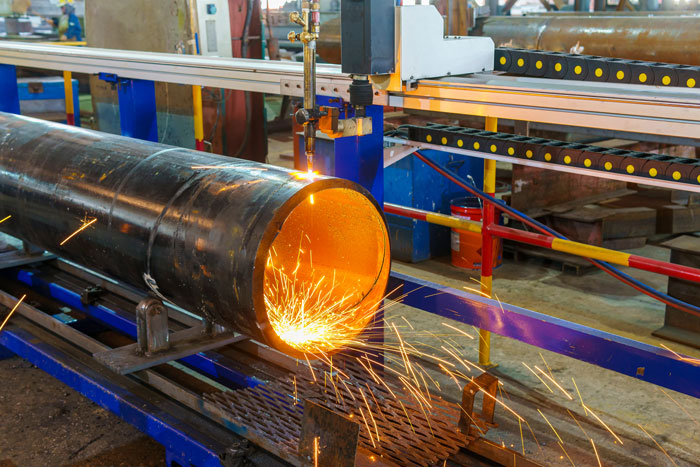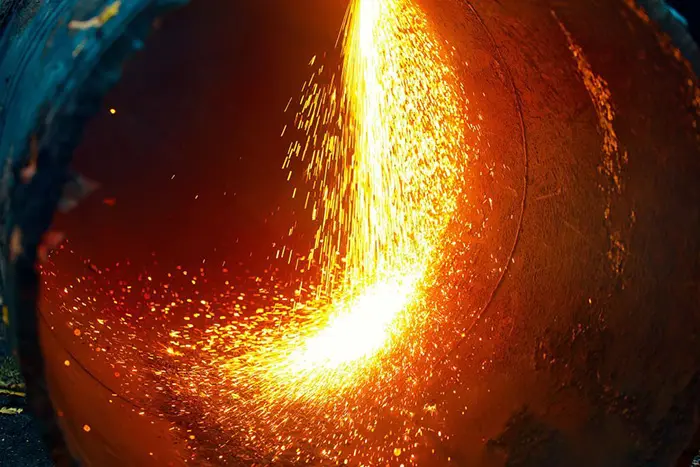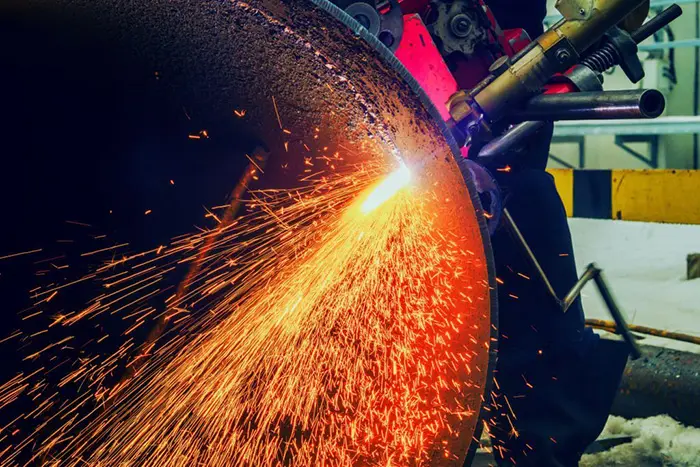Tube Bending Techniques: Mandrel vs. Non-Mandrel Bending
Tube Bending Techniques are a widely used manufacturing process that allows for the creation of curved or shaped tubes used in various industries, such as automotive, aerospace, construction, and more. When it comes to tube bending, two common techniques are mandrel bending and non-mandrel bending. Each technique has its advantages and considerations, and understanding the differences between them is essential for selecting the most suitable method for a specific application.
Mandrel
Mandrel bending is a Tube Bending Technique that utilizes a mandrel, a solid rod placed inside the tube during the bending process. The mandrel provides support and helps maintain the tube’s shape and integrity during bending. This technique is ideal for applications that require precise and accurate bends, especially when dealing with tight radii or thin-walled tubes. The mandrel ensures that the tube maintains its roundness and prevents any deformation or wrinkling on the inside radius of the bend. Additionally, mandrel bending offers excellent control over the wall thinning and ovality of the tube.
Non-Mandrel Bending
On the other hand, non-mandrel bending, also known as the freeform Tube Bending Technique, involves bending tubes without using a mandrel. This technique is suitable for applications where the inside diameter of the tube is not critical or when the bending radius is larger. Non-mandrel bending is often used for creating larger, sweeping bends or complex shapes. It offers flexibility and versatility in creating custom designs and allows for faster production times compared to mandrel bending.
Mandrel vs. Non-Mandrel Bending
Both mandrel and non-mandrel Tube Bending Techniques have their pros and cons. Mandrel bending provides superior control over the shape and wall thickness of the tube, resulting in high-quality bends. However, it requires additional setup time and cost associated with the mandrel itself. Non-mandrel bending, on the other hand, offers more flexibility and faster production but may result in some degree of distortion on the inside radius of the bend.
When selecting between the mandrel and non-mandrel bending, several factors should be considered, including the required bend quality, wall thickness, bend radius, tube material, and the specific application’s functional requirements. Consulting with an experienced tube bending specialist or manufacturer can help determine the most suitable technique for a particular project.
Both mandrel and non-mandrel Tube Bending Techniques play a significant role in tube bending applications. The choice between the two depends on the specific requirements of the project, including bend accuracy, tube dimensions, complexity, and production efficiency. By understanding the differences between these techniques and considering the project’s parameters, manufacturers can make informed decisions to achieve optimal results in tube bending applications.
the basic differences between the mandrel and non-mandrel bending
In addition to the basic differences between the mandrel and non-mandrel Tube Bending Techniques, there are other factors to consider when choosing the most appropriate tube bending technique. Here are some additional considerations:
- Tube Material: The material of the tube being bent plays a crucial role in selecting the bending technique. Some materials, such as stainless steel or high-strength alloys, may require mandrel bending to maintain their structural integrity and prevent deformation. Non-mandrel bending may be more suitable for softer materials like aluminum or copper.
- Wall Thickness: The thickness of the tube wall is an important consideration. Mandrel bending is generally preferred for thin-walled tubes as it helps prevent wrinkling, flattening, or collapse during the bending process. Non-mandrel bending can handle thicker-walled tubes more effectively.
- Bend Radius: The required bend radius is another factor to consider. Mandrel bending is well-suited for tight radii and small bending angles. It ensures precision and control over the bend radius, resulting in accurate and consistent bends. Non-mandrel bending is more suitable for larger bending radii or when greater flexibility in the shape is desired.
- Production Volume: The expected production volume of the bent tubes is a crucial consideration. Mandrel bending, although more time-consuming in setup, can offer higher repeatability and consistency for large-scale production. Non-mandrel bending, being more flexible and efficient, is often preferred for smaller production runs or prototypes.
- Surface Finish: The desired surface finish of the bent tubes should also be taken into account. Mandrel bending typically produces smoother bends with minimal deformation, resulting in a cleaner and more polished appearance. Non-mandrel bending may introduce some surface imperfections, especially on the inside radius of the bend.
- Cost Considerations: The cost of the bending process should be evaluated, including equipment setup, tooling, and labor. Mandrel bending, with the added requirement of mandrels, may have higher initial costs. Non-mandrel bending can be more cost-effective for certain applications.
It is important to consult with experienced tube bending professionals or manufacturers who can assess the specific requirements of the project and recommend the most suitable bending technique. They can provide insights based on their expertise and help ensure that the chosen Tube Bending Technique meets the desired quality, performance, and cost-efficiency goals.
Tube Bending Techniques
the choice between the mandrel and non-mandrel Tube Bending Techniques depends on various factors such as tube material, wall thickness, bend radius, production volume, surface finish requirements, and cost considerations. By carefully evaluating these factors, manufacturers can select the most appropriate technique to achieve accurate, high-quality bends in their tube bending applications.


